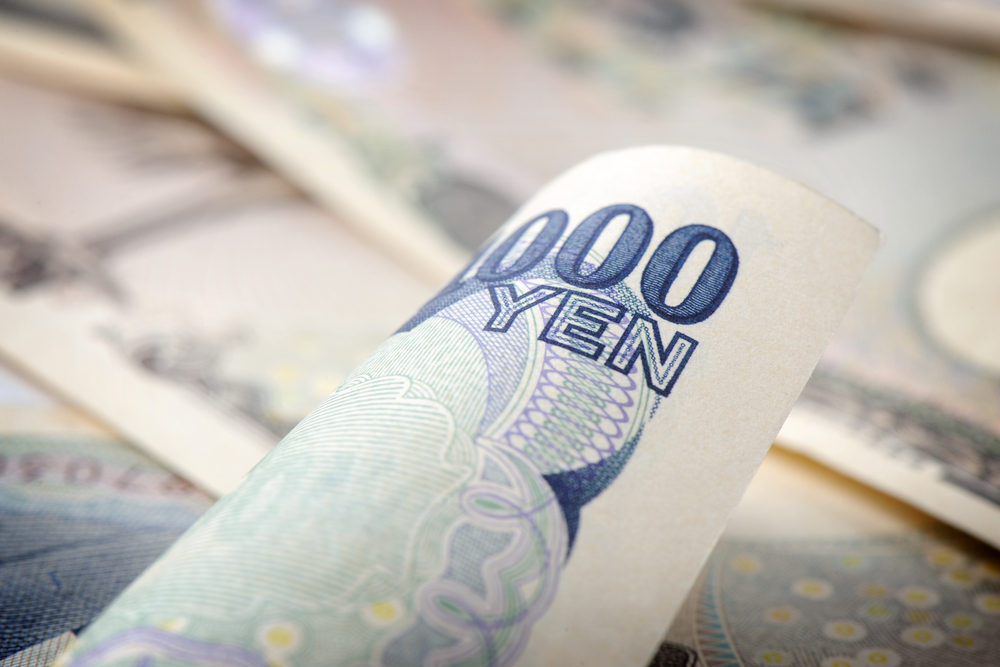
Japan | Monetary Policy & Inflation

Japan | Monetary Policy & Inflation
This article is only available to Macro Hive subscribers. Sign-up to receive world-class macro analysis with a daily curated newsletter, podcast, original content from award-winning researchers, cross market strategy, equity insights, trade ideas, crypto flow frameworks, academic paper summaries, explanation and analysis of market-moving events, community investor chat room, and more.
Wage news is out and Toyota are playing ball. In keeping with past practice, the company did not provide a percentage figure for the wage increase, but news outlets in Japan suggest that they have met demands in full. This is in line with other large manufacturers, such as Panasonic, Nippon Steel, and Nissan. Mazda (+6.8%) and Honda (+5.6%) agreed to substantial increases wages last month. Meanwhile, smaller firms – who employ seven out of 10 workers in Japan – led by the Japanese Association of Metal, Machinery and Manufacturing Workers (JAM), secured an average pay increase of +5.32%.
All signs point towards the final Shunto/Rengo figure showing the strongest wage increase in over 30 years, as we have long expected. It’s due Friday.
Given Ueda’s caution in front of Parliament came amid uncertainty regarding wages, noting ‘The outcome of this year’s annual wage negotiation is critical’, the case to end negative rates as soon as next week has become clearer. Especially with recent commentary from more dovish members on the board favouring the move, too.
JPY rallied and JGBs moved lower following the announcement. However, the market is only pricing marginally more than a coin flip chance of March tightening. This likely reflects uncertainty going into Friday’s final release. We expect the BoJ will end negative rates.
Spring sale - Prime Membership only £3 for 3 months! Get trade ideas and macro insights now
Your subscription has been successfully canceled.
Discount Applied - Your subscription has now updated with Coupon and from next payment Discount will be applied.